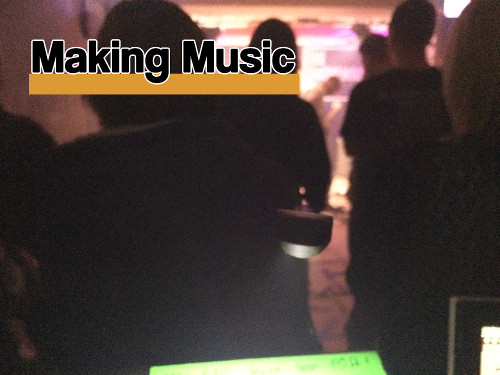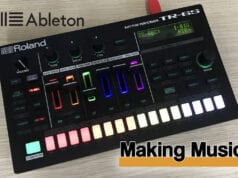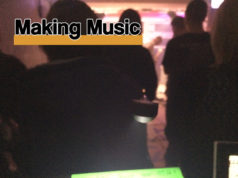Last Updated on April 3, 2022 by Andrew Culture
Calling all singers!
So, I’ve in worked live sound as part of my career in the industry for longer than I care to remember. I’ve seen guitarists and drummers, keyboard players and bassists arrive for gigs and unload from their cars, vans and shopping trolleys (oh yes!) all manner of expensive equipment that they then proceed to lug onto the stage, assemble, tune and tweak before a gig.
But this isn’t something that the majority of singers that I work with do in the main and it strikes me as odd. Ok, a singer can’t be expected to bring the vocal PA, but surely if the guitarist has paid a pretty penny for his Les Paul and a Fender Twin, why can’t the singer invest a fairly paltry sum by comparison in a microphone.
A singer with their own microphone can broadly be sure of two things; firstly, they know where it’s been and secondly, they know what it sounds like.

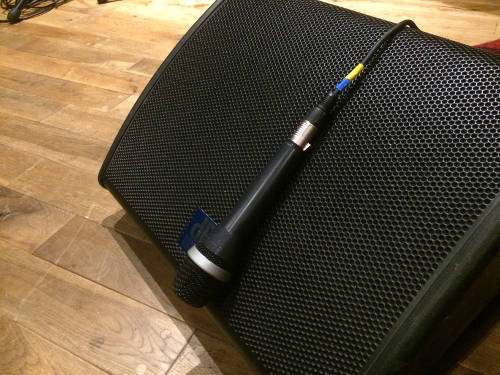
Most sound engineers, tour techs and venue teams endeavour to keep vocal microphones sanitary. Between gigs the grill basket can be removed and, along with the integrated pop filter, can be cleaned but this can’t really happen between singers if you’ve got a five-band-bill to get through in a short period of time. Even if there are spare microphones that can be swapped, they probably haven’t got enough.
In some venues, hygiene for microphones can be a bit hit and miss depending on where you play. Consider that you and maybe twenty other singers use the same microphone in a given month, it’s very easy to see how any germs can be passed on, from the simple common cold upwards, which in turn could lead to sore throats and possible gig cancellations. Why would you as a singer want to risk that? And now it’s just got all the more important, because of the potential of Covid-19.
So, this is a plea really. And a bit of Health and Safety. And good practice. Singers – invest in your own microphone!
Now, the problem is that every singer’s voice is different and a microphone that sounds great for one might not sound good for another. But, actually, the sound is all you have to think about. Most of the technical aspects that you’re not really interested in (unless you’re a secret tech geek as well) shouldn’t really trouble you. It’s easier to tell if a microphone is the right one for you by going to your local music shop or instrument supplier and trying them out than by reading the technical specifications on a website. That said there are a couple of things to be aware of.
Which polar pattern?
This refers to how well the microphone picks up sound from certain directions, how sensitive the microphone is at different points of the basket and where it will reject sound.

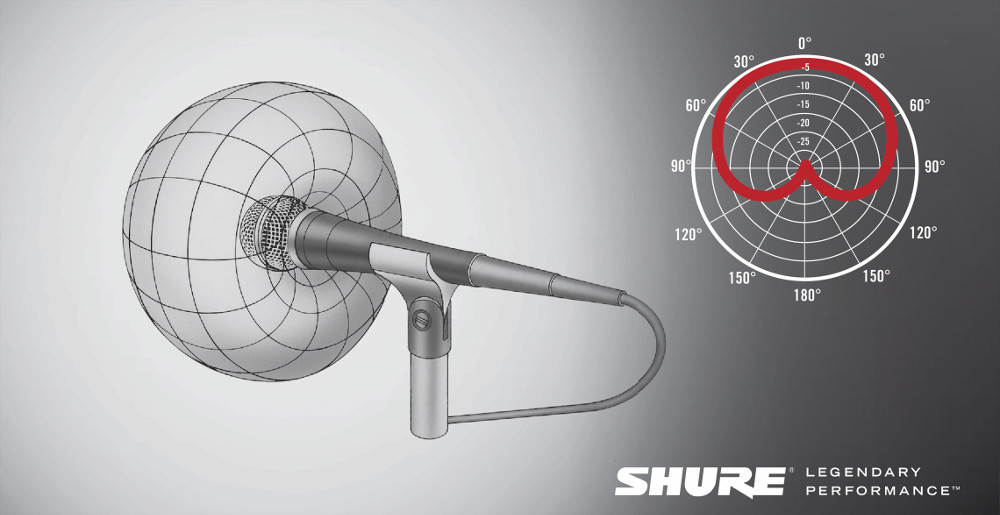
Cardioid pattern (it looks like a heart shape, get it?) or uni-directional, gives you the most sensitivity direct into the basket, being ‘on-axis’, at the front of the mic, but will also pick up in decreasing amounts around the sides. It rejects sound coming from the rear of the mic and so is good if you want a floor monitor pointed directly up at you.

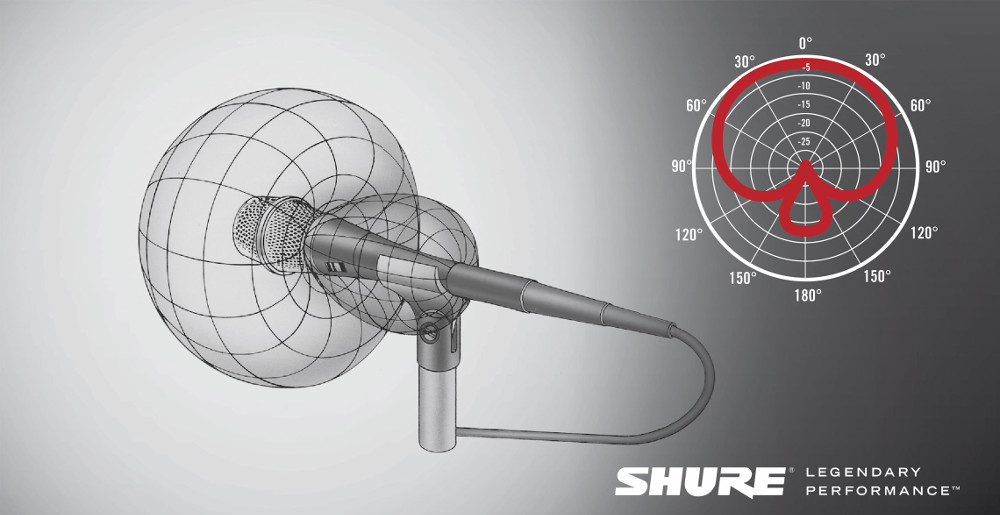
Super-cardoid has a tighter pick up on the front of the mic with less sensitivity on the sides. However, they do pick-up from the rear of the mic and so floor monitors need to be placed accordingly in the points where the mic rejects sounds. Hyper-cardioid is a similar principle, although it has a narrower pick-pattern even still. Although both of these types of pattern helps to limit spill from other instruments getting in the vocal microphone channel in the PA, a singer has to be careful not to sing too far off-axis of the microphone.
Dynamic or Capacitor?
There are two main types of microphones for live vocal duties and they are either dynamic or capacitor, sometimes known as condenser. Both have their pros and cons but if this is your first microphone purchase for live performance, a dynamic will be just fine.
Just so you have some knowledge, dynamic microphones are more rugged and can deal with the rigours of live stages, can be less susceptible to feedback issues, particularly on small but loud stages and they are cheaper in most instances.
Handheld capacitor microphones are being developed to handle live situations and, while they can translate a wider frequency range than most dynamic mics, unless you are playing sizeable venues or festivals, this difference will not really be discernible. By all means, you should audition any and every microphone you can, but capacitor microphones tend to be more expensive and for your first microphone is a little like buying a Ferrari to go and do the grocery shopping.
Switches
In some circumstances, having a microphone with an on/off switch can be very useful. But, for live music performances and in the heat of the moment on-stage, a microphone with a switch can inadvertently be turned off at the most inopportune time. This leaves the sound engineer in a slight panic as something has gone wrong and there is nothing they can do about it (been there, felt the stomach drop) and the singer is left silent until they realise what they’ve done. My advice is don’t buy a microphone with an on/off switch.
And that’s it! As far as I’m concerned, if you can get to a music equipment dealer to audition some microphones you need to know nothing more than that and you should let your ears make the choice for you. It could also be helpful if you take someone along to listen and be a second pair of ears – sometimes trying to critically listen to your own voice while you are singing can be a bit tricky.
As a final piece of advice, buying microphones cheaper than this will probably give you more problems than you need and don’t be tempted by what look like great deals on certain second-hand sites. There are lots of fake SM58s out there that sound rubbish and won’t last a week. When you can, get out to your nearest local dealer and talk face-to-face with someone.
Five of the best
So, if you’ve never bought a microphone before, here are five of the best choices to be had. All of them are dynamic microphones, all used extensively in professional venues and all for sale around the £/$/€100 price point. Personally speaking, no one of these is better or worse than the others, it will just depend on what suits your voice.
Shure SM58

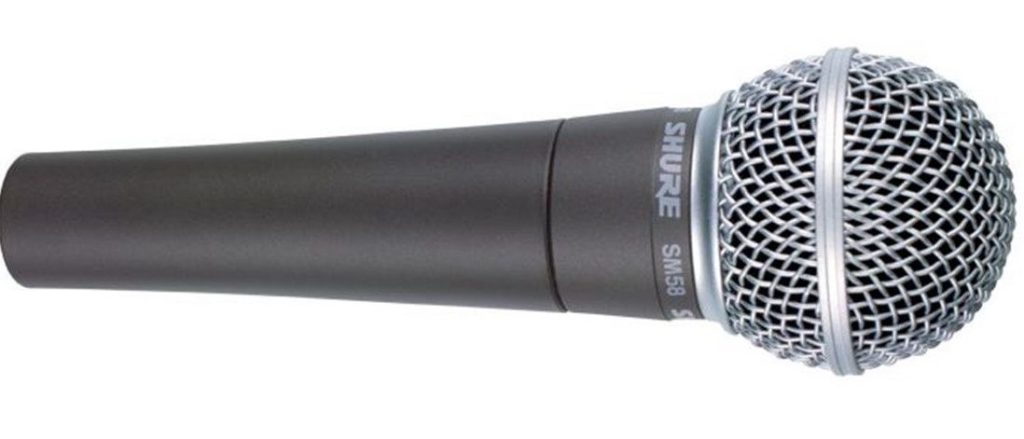
The term ‘industry standard’ is often used (I try not to though, it’s a bit misleading) but the Shure SM58 has cemented its place in rock history just as much as the Fender Stratocaster or Marshall amplifier. You can find videos of people running over them with trucks and even barbecuing one (!) and they still work. This ubiquitous uni-directional microphone has graced more stages than any other.
Sontronics Solo

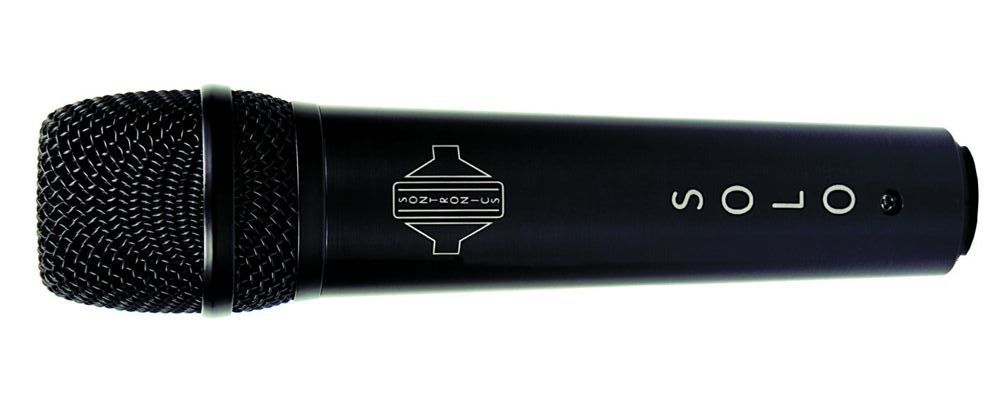
Relatively new kids on the block, Sontronics have produced a few hand-held dynamic mics for live vocals and these are designed and made in the UK and, as with their whole range of products, come with a lifetime warranty. This has a tight super-cardioid pattern and a more slender look overall (if visuals are your thing).
sE Electronics V7


The current vocal microphone of choice at The Smokehouse where I am a house engineer, the sE Electronics V7 is a sturdy microphone with a smooth top end, which works particularly well on female voices. Again, a super-cardioid pattern, it rejects feedback really well.
Sennheiser E835


Although classed amongst Sennheiser‘s more budget models, the E835 is a great microphone for cutting through mixes without too much EQ needed. With the cardioid pattern the singer doesn’t have to worry too much about staying on-axis all the time – you have to go way off before it has an obvious effect on the vocal quality.
AKG D5

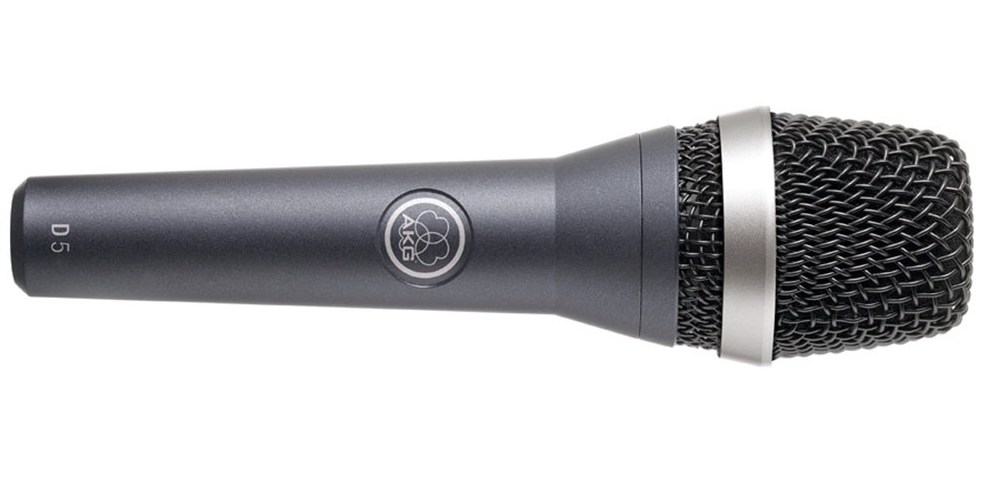
Another microphone manufacturer with a great track record, the AKG D5 is a bulletproof microphone and perhaps the warmest sounding in the lower-midrange of all of the mics. Again, visually a bit different, with a more square basket similar to the V7.
There is obviously a huge range of microphones to choose from out there, but this is a great starting point if you’re a singer and you don’t own your own yet. Any of these mics will last you a long time, unless you’re prone to launching them at walls or speaker stacks and, as you’re the only one using it, it will be more pleasant to use and you’ll hopefully pick up less sore throats.



